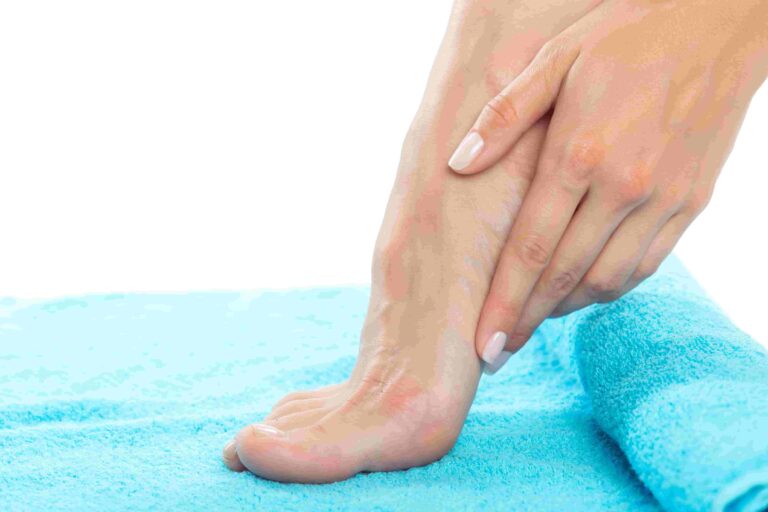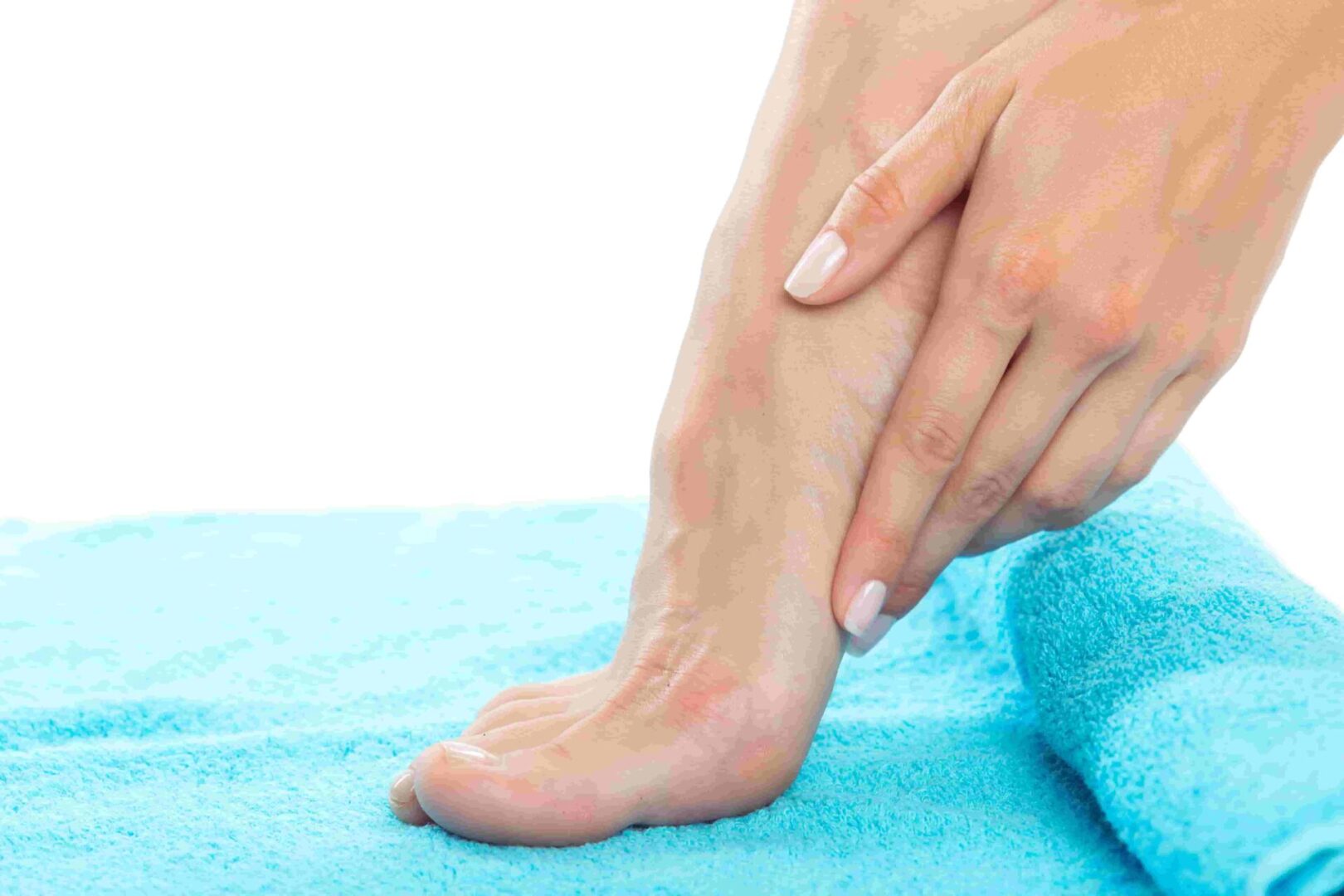How to Get Rid of Callus on Foot

Calluses are a common foot condition that can cause discomfort if not properly managed. They form as a result of repeated pressure or friction, which leads to the hardening of the skin. While they are generally harmless, untreated calluses can become painful and lead to further foot problems. Understanding how to get rid of callus on foot is essential for maintaining healthy feet and avoiding complications.
In this detailed guide by Chiropodist in Toronto GTA, we will explore effective ways to remove calluses, prevent their recurrence, and maintain a consistent foot care routine. Whether you’re dealing with a mild callus or looking for long-term solutions, this guide has everything you need to know.
What is a Callus?
Before diving into the solutions, it’s important to understand what a callus is. A callus is a thickened area of skin that forms in response to repeated pressure or friction, often on the feet. They typically develop on the heels, balls of the feet, or the sides of the big toes. While calluses are generally not painful, they can become uncomfortable over time, especially if left untreated.
Calluses differ from corns, which are smaller, more concentrated areas of thickened skin that often have a central core. Both are forms of the body’s natural defense mechanism, but they need to be treated carefully to prevent further complications.
How to Get Rid of Callus on Foot: Best Treatments and Remedies
1. Soaking Your Feet in Warm Water
One of the easiest and most effective ways to get rid of a callus on the foot is by soaking your feet in warm water. This softens the hardened skin, making it easier to remove the callus without causing damage to the healthy skin underneath.
Steps:
- Fill a basin with warm water and add Epsom salt or a mild soap.
- Soak your feet for 10-15 minutes until the skin softens.
- Pat your feet dry with a towel.
Regular foot soaks can be an integral part of your foot care routine, ensuring that your feet remain smooth and healthy.
2. Using a Pumice Stone
After soaking your feet, the next step in removing a callus is to use a pumice stone. A pumice stone is a natural exfoliant that helps remove dead skin cells from the surface of the callus.
Steps:
- Gently rub the pumice stone over the callus in a circular motion.
- Avoid applying too much pressure to prevent skin irritation.
- After a few minutes, rinse your feet and apply a moisturizer to keep the skin hydrated.
Pumice stones should be used regularly as part of your foot care routine to prevent the formation of new calluses and keep your feet in top condition.
Home Remedies for Callus Removal
While there are over-the-counter products and medical treatments available for calluses, home remedies can be just as effective when used correctly.
1. Apple Cider Vinegar Soak
Apple cider vinegar is known for its acidic properties that help soften hard skin. It can break down the tough layers of a callus, making it easier to remove.
Steps:
- Add a few tablespoons of apple cider vinegar to a basin of warm water.
- Soak your feet for 15-20 minutes.
- Follow up with a pumice stone to exfoliate the softened skin.
2. Baking Soda and Lemon Scrub
Baking soda acts as an exfoliant, while lemon juice helps soften the skin. Together, they can work wonders in getting rid of foot calluses.
Steps:
- Mix a tablespoon of baking soda with lemon juice to create a paste.
- Apply the paste to the callused area and let it sit for 10 minutes.
- Rinse your feet and gently exfoliate the area with a pumice stone.
Preventing Calluses: Long-Term Solutions
Getting rid of calluses is only half the battle. To prevent their recurrence, it’s important to make certain lifestyle adjustments and incorporate preventive measures into your foot care routine.
1. Wear Proper Footwear
One of the leading causes of calluses is ill-fitting shoes that create pressure points on the feet. Investing in well-fitted shoes with proper arch support can significantly reduce the risk of callus formation. If you have flat foot problems, it’s even more crucial to wear orthotic inserts that provide the necessary support to prevent overpronation, which can lead to calluses.
2. Moisturize Your Feet Regularly
Dry skin is more prone to calluses. To prevent the skin from hardening, it’s essential to moisturize your feet daily. Choose a foot cream that contains hydrating ingredients like urea, which helps to retain moisture and soften thick skin.
3. Foot Wiping After Showers
One simple yet effective habit to incorporate into your foot care routine is to ensure your feet are completely dry after showers or baths. Foot wiping benefits include preventing moisture buildup, which can lead to skin issues and fungal infections that exacerbate callus formation. Always dry between your toes to reduce the risk of developing foot problems.
When to See a Chiropodist for Callus Removal
While many calluses can be treated at home, there are times when professional care is needed. If a callus becomes painful, bleeds, or shows signs of infection, it’s important to consult a chiropodist. Chiropodists are foot specialists who can safely remove calluses using medical-grade instruments and recommend long-term treatment plans.
This is particularly important for individuals with underlying health conditions, such as diabetes. Diabetics are at greater risk of developing foot problems due to poor circulation and nerve damage. The importance of foot care for diabetics cannot be overstated, as untreated calluses or other foot issues can lead to serious complications.
Understanding and Managing Foot Conditions: Related Topics
Foot health extends beyond calluses. Proper foot care involves addressing a variety of conditions that can impact your overall well-being. Here are a few topics related to foot health that might be useful:
1. Flat Foot Problems
Flat foot problems can lead to various foot conditions, including calluses, due to the uneven distribution of pressure across the foot. Individuals with flat feet often require custom orthotics or supportive footwear to prevent the formation of calluses and other painful conditions.
2. What is Trench Foot?
Though trench foot is rare in modern times, it’s an important foot condition to be aware of, especially for individuals who work in wet environments. What is trench foot? Trench foot occurs when feet are exposed to damp, cold conditions for prolonged periods. It can lead to severe tissue damage and increases the risk of foot infections. While it doesn’t directly relate to calluses, foot care is essential to preventing conditions like trench foot.
Final Thoughts: How to Get Rid of Callus on Foot
Calluses may be common, but they don’t have to be a permanent issue. By incorporating a regular foot care routine, using home remedies, and wearing appropriate footwear, you can effectively manage and prevent calluses. For those dealing with persistent or painful calluses, consulting a chiropodist is the best course of action.
Understanding how to get rid of callus on foot is not only about treating the existing condition but also about taking proactive steps to maintain healthy feet in the long run. Healthy feet contribute to overall wellness, allowing you to remain active and pain-free.
About Author
Hi, I’m Arezou Hassani, a Chiropodist practicing in Ontario, Canada. I hold a Bachelor of Science in Psychology and an Advanced Diploma in Chiropody. As a member of the College of Chiropodists of Ontario and other professional organizations, I have extensive experience treating foot issues for patients of all ages. I founded Footwyse to bridge innovative research with practical foot care solutions, offering virtual consultations and curated products. I’m passionate about helping people achieve optimal foot health and invite you to join me in this journey toward healthier feet.

